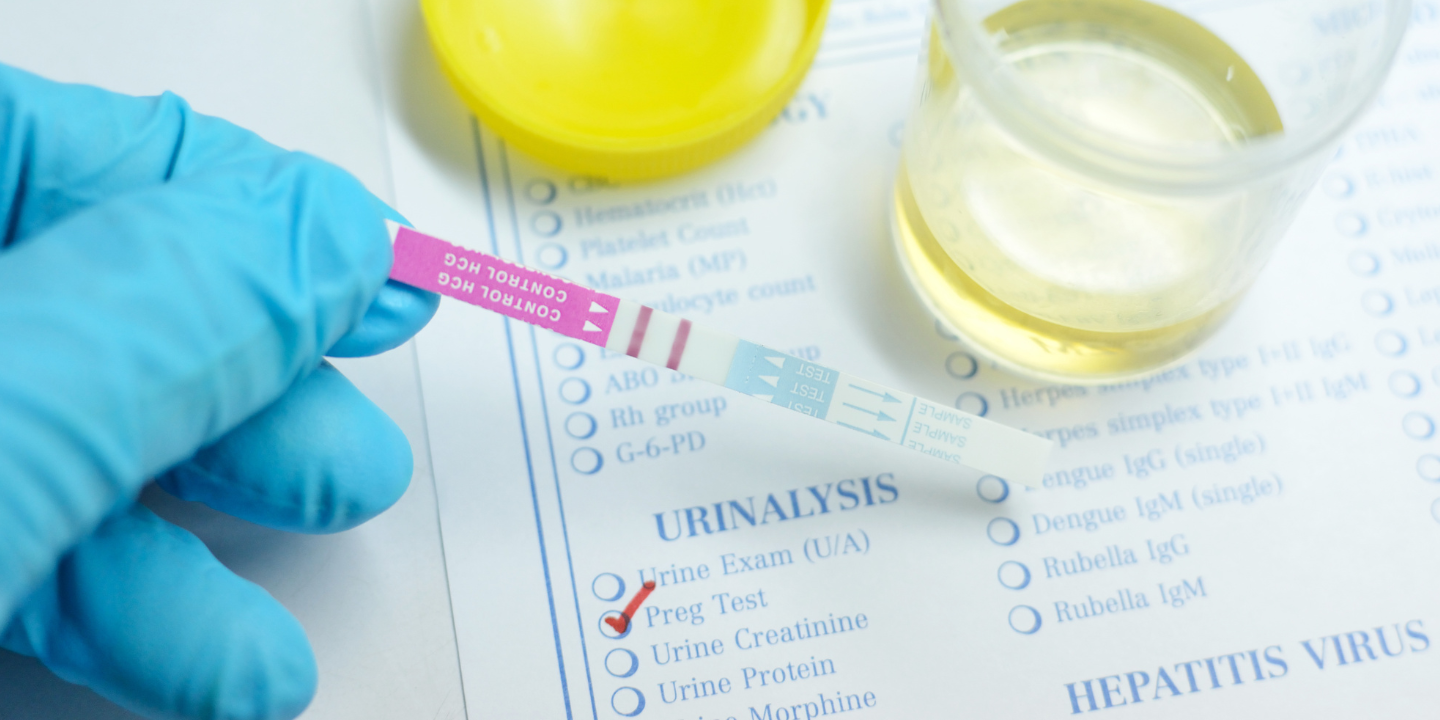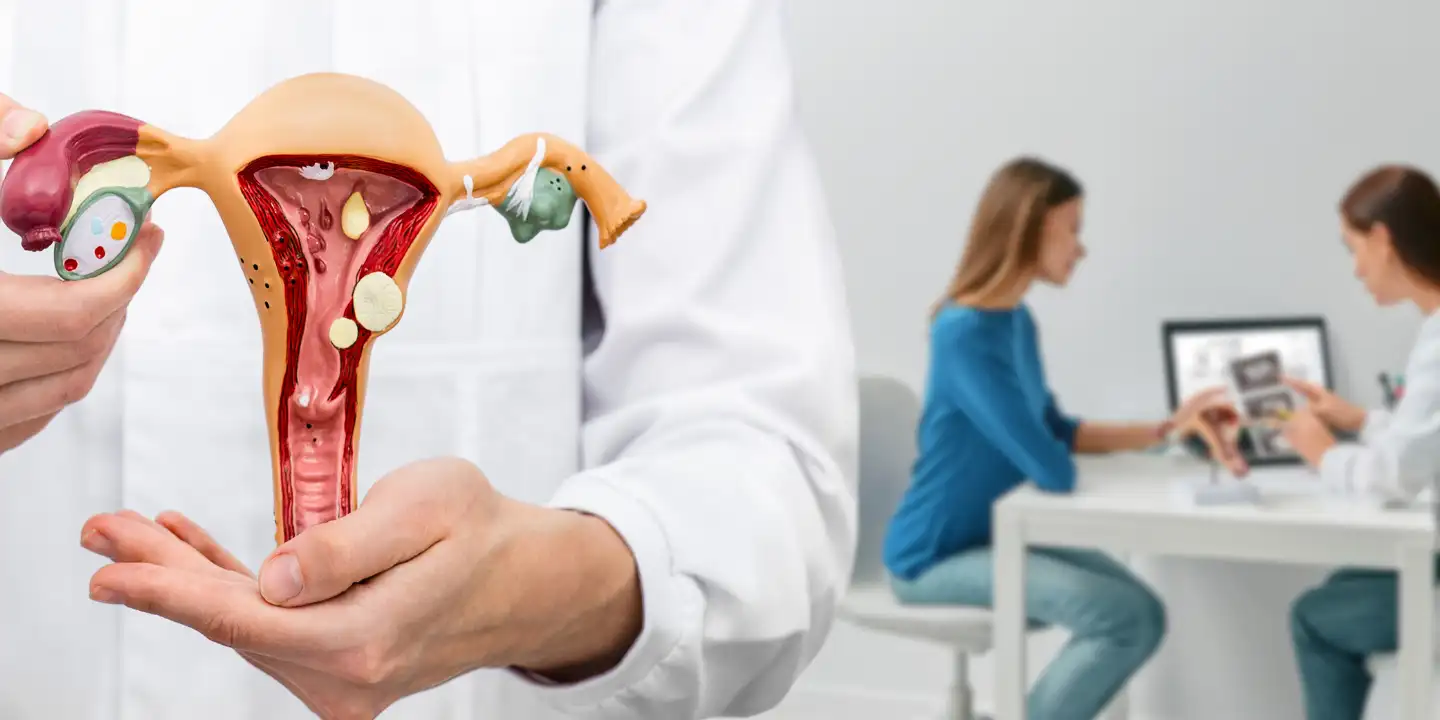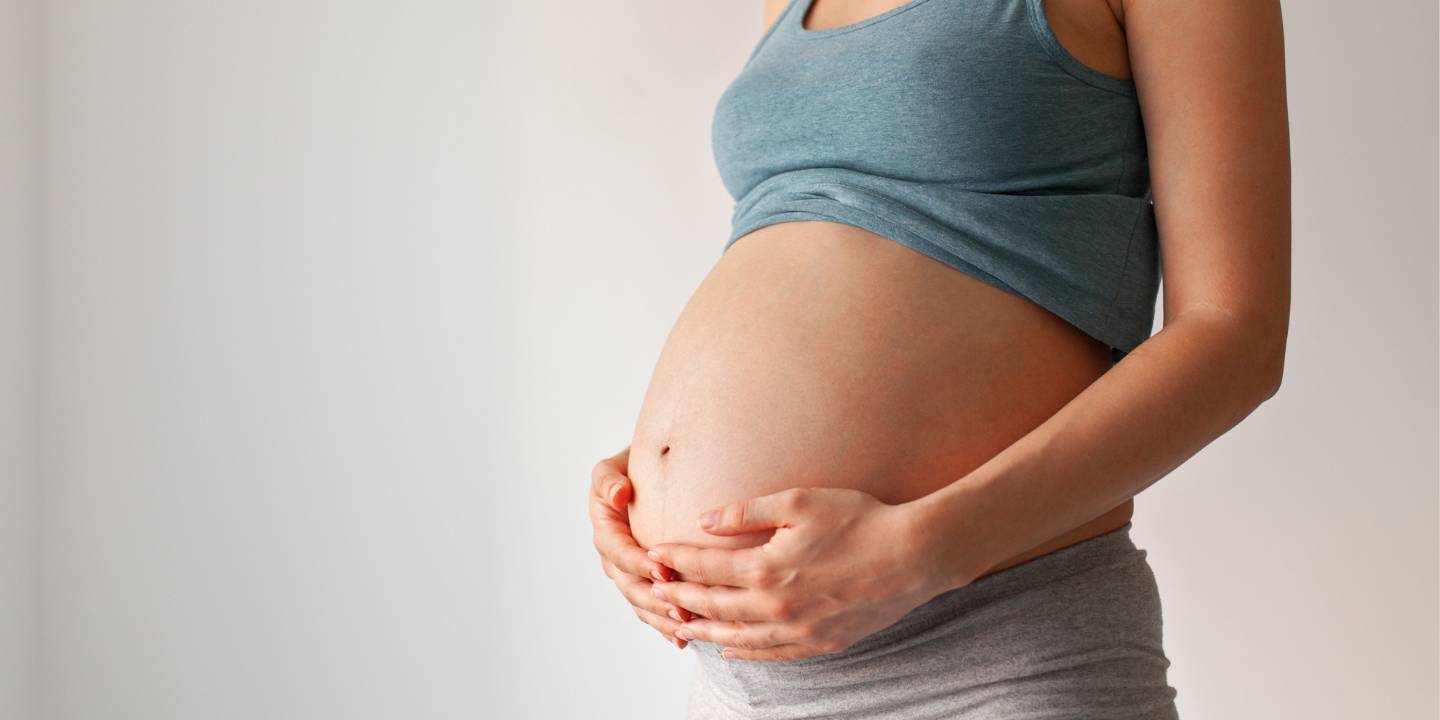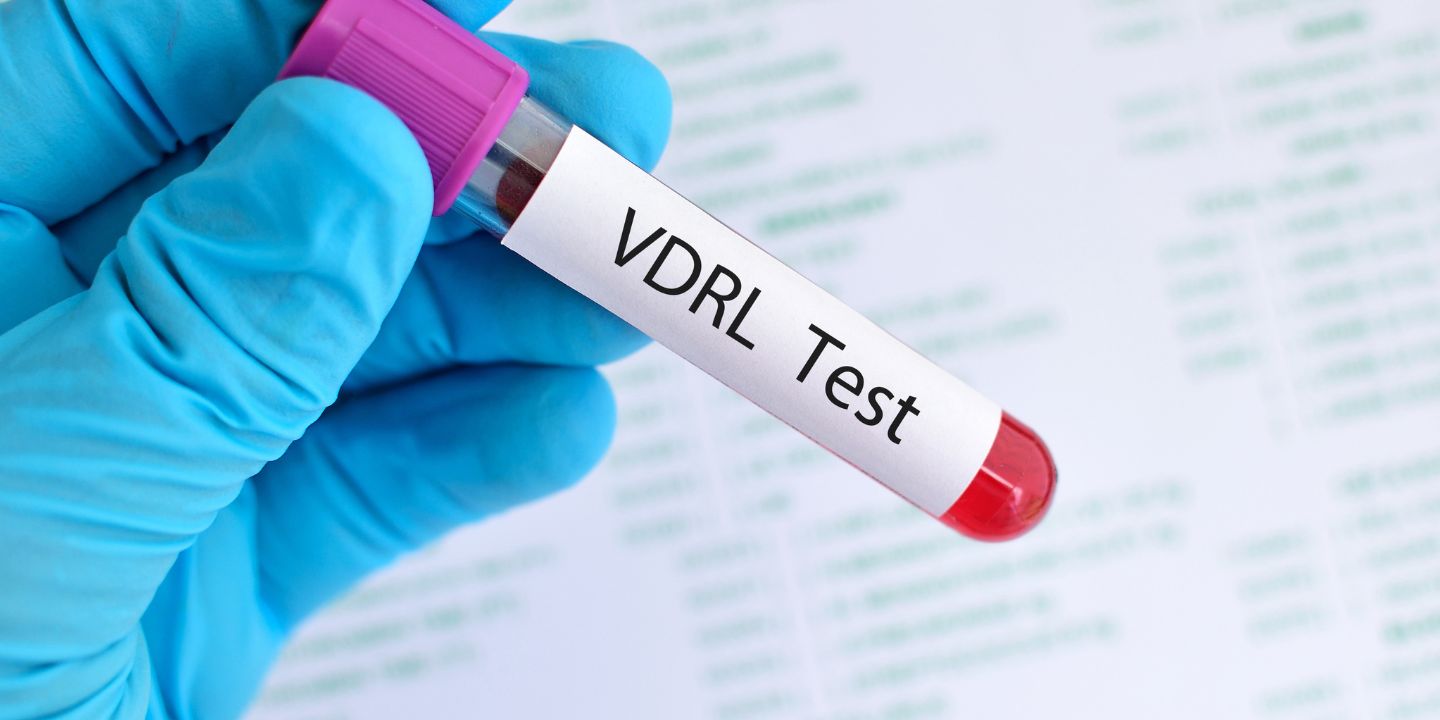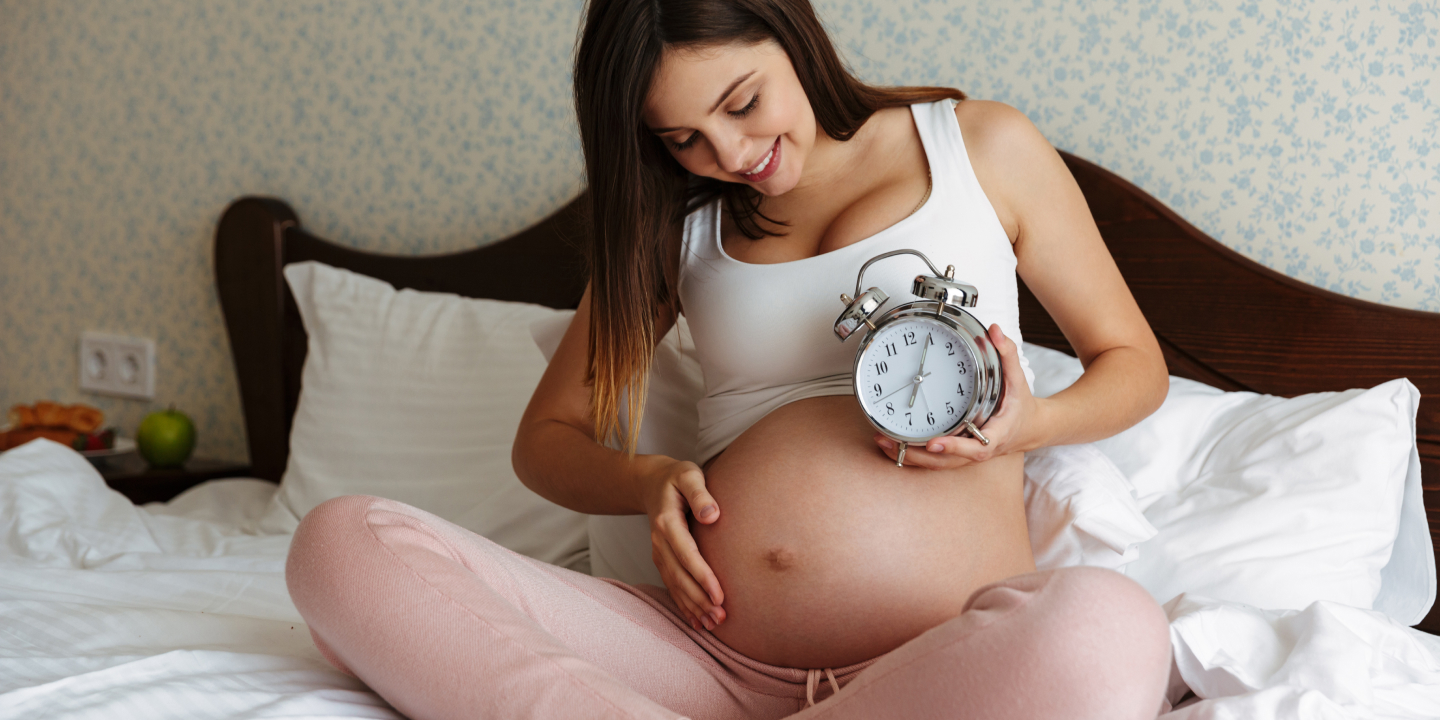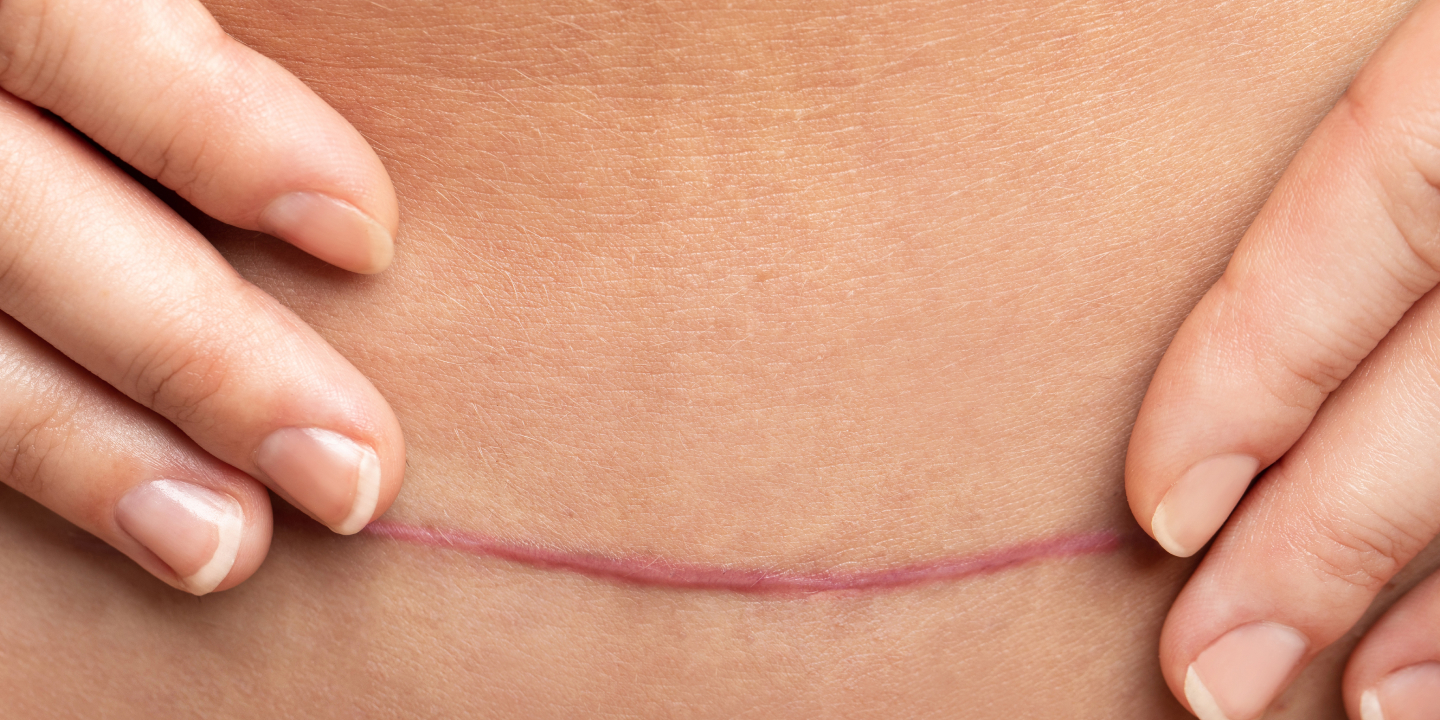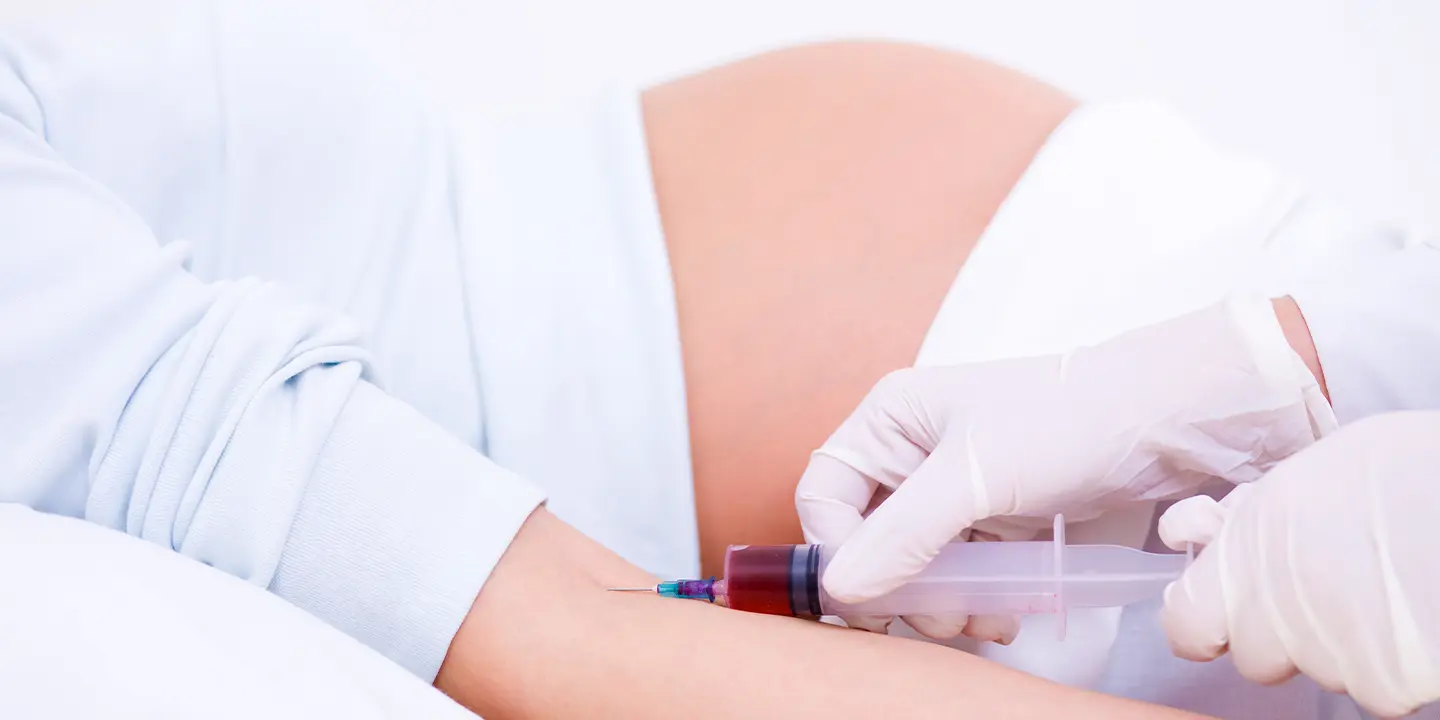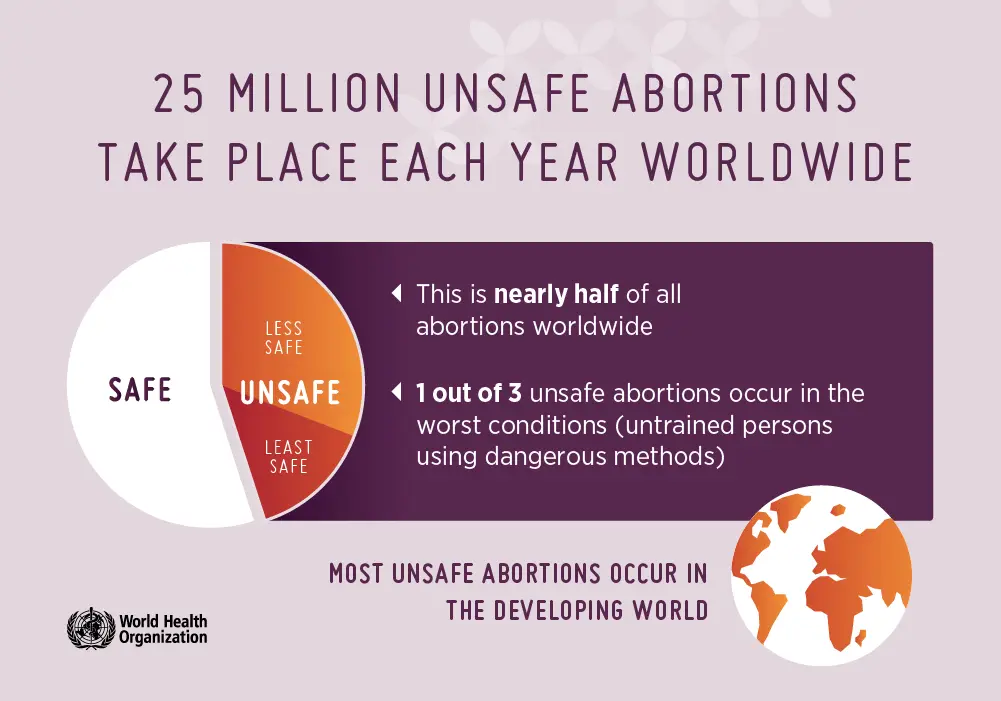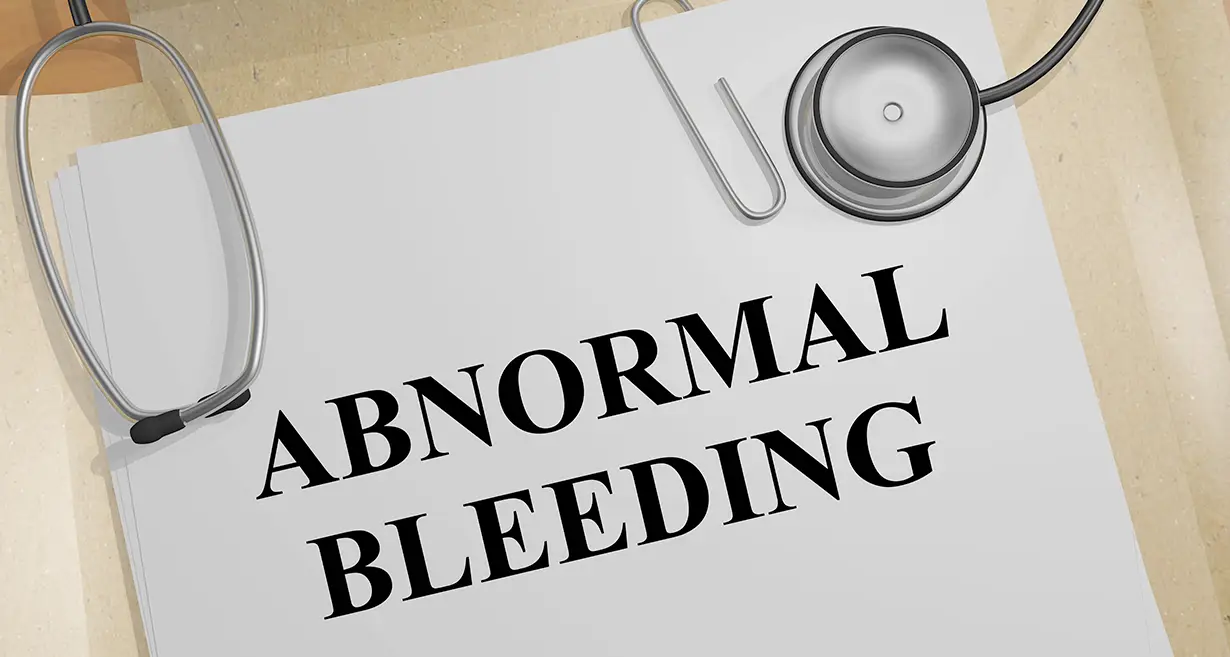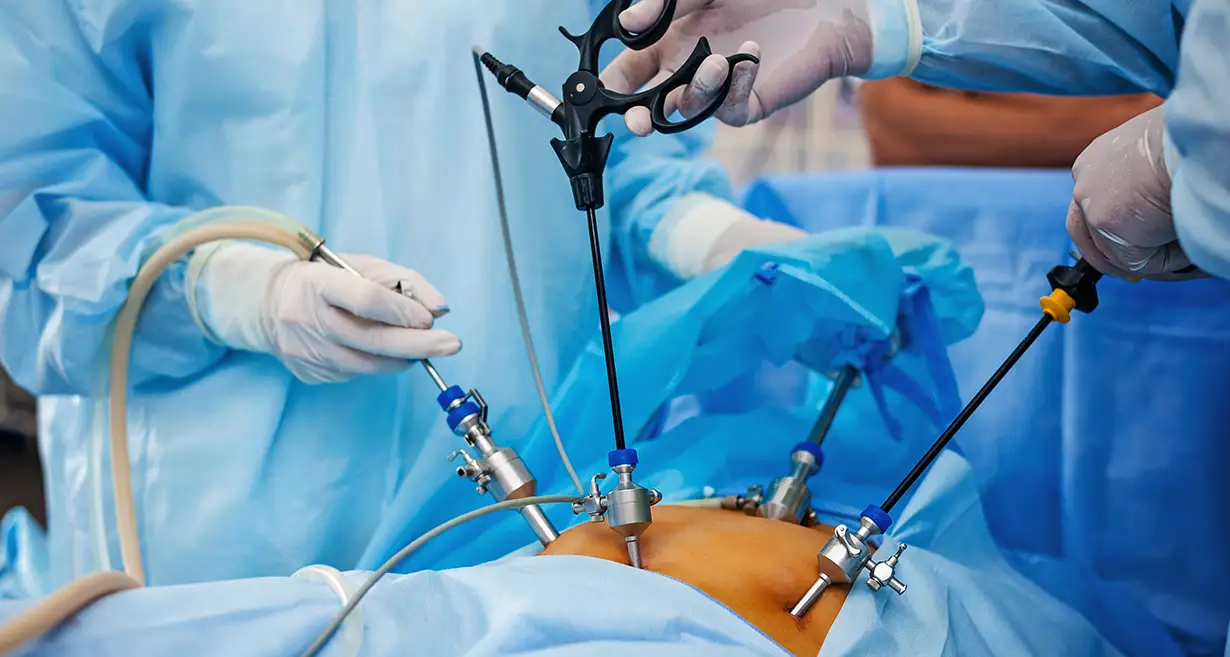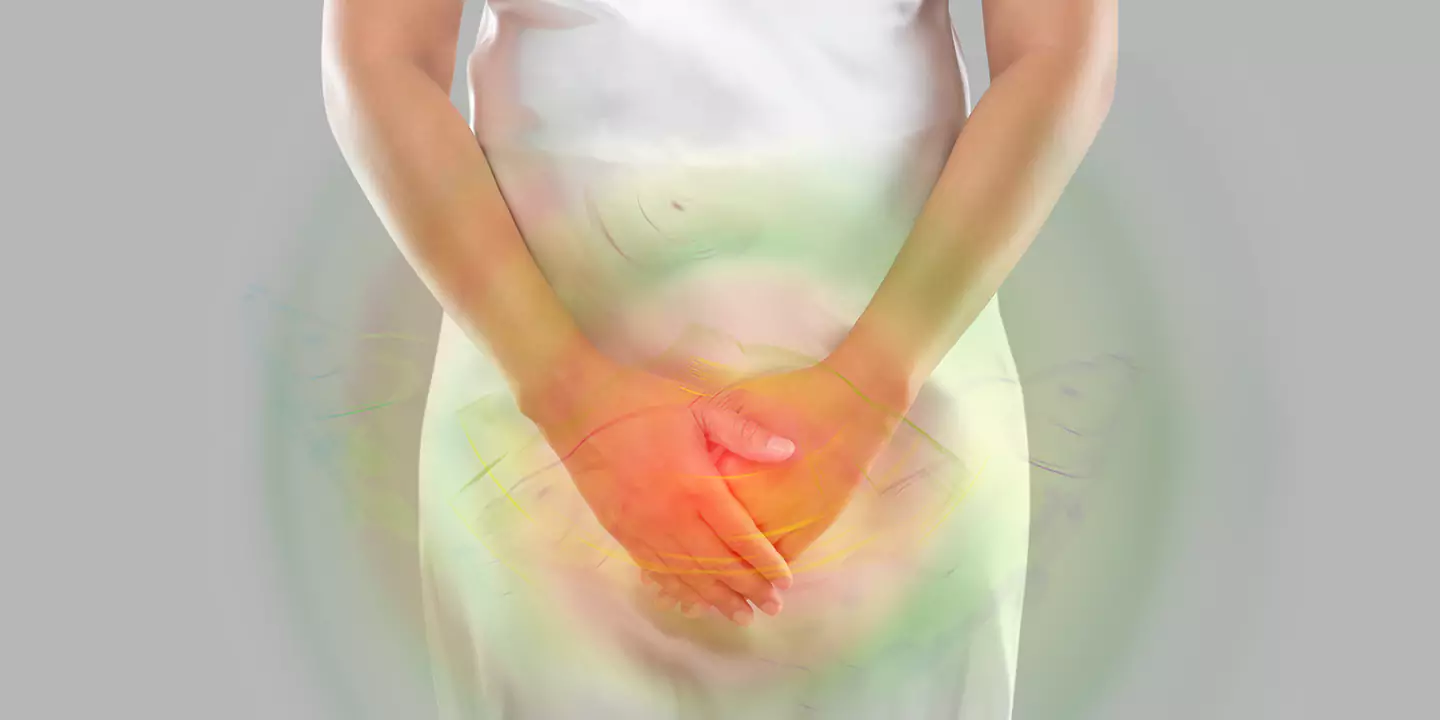
As you reach the 25th week of your pregnancy, you may find yourself realizing that the day of delivering your baby is approaching soon. This realization can bring a mix of emotions, ranging from excitement to a touch of apprehension.
To make the process less stressful, it’s important to note that many hospitals offer the option to pre-register for delivery. This means you can complete your admissions paperwork in advance, allowing you to avoid the hassle of filling out forms while in the midst of labor.
Let’s delve into what you can expect during your 25th week of pregnancy, including baby development, common symptoms, and helpful tips to follow.
Related Blog: 24 Week Pregnant: Symptoms, Tips and Baby Development
In this Article
25 Week Pregnant – Baby Development
- At about 25 weeks, your baby is around the size of a head of cauliflower, measuring around 13.6 inches in length and weighing about 1.5 pounds.
- The baby’s hair on the head is growing, and the soft, fine hair called lanugo, which covers the baby’s body, is well-established by this stage.
- Initially, the baby’s liver produced blood cells, but by week 21, the bone marrow became a major contributor.
- After the 24th week, the bone marrow becomes the primary site of blood cell production in the baby’s body.
- The baby’s sense of smell is now functional as the part of the nose responsible for detecting scents begins to work. The baby can now smell odors and scents present in the amniotic fluid.
- In terms of lung development, the second stage, called the canalicular stage, will be complete by this week. The branches of the lungs, small passageways, and capillaries (the smallest blood vessels) have formed.
- Two more stages of lung development are yet to occur, with the final stage continuing into childhood.
25 Weeks Pregnant Is How Many Months?
At 25 weeks pregnant, you are approximately 6 months and 1 week into your pregnancy. Pregnancy is typically calculated as being divided into three trimesters, with each trimester lasting approximately three months.
Related Blog: 23 Week Pregnant: Symptoms, Tips and Baby Development
25 Weeks Pregnant Bump
The size of your baby bump can vary from woman to woman. However, on average, during 25 weeks pregnant, your uterus is now about the size of a soccer ball. It is important to remember that every woman’s body is unique, and factors such as your pre-pregnancy weight, height, and individual body shape can influence the size and appearance of your bump.
By this stage, it’s typical for expectant mothers to have gained approximately 15 or more pounds. Apart from that, you may also feel more fetal kicks as the weeks go by. However, at 25 weeks pregnant, there is no specific number of fetal kicks that are considered normal within a specific time frame.
25 Weeks Pregnant Symptoms
- Frequent urination
Baby’s pressure on the bladder leads to increased trips to the bathroom.
- Trouble sleeping
Hormones, anxiety, and a growing belly may disrupt sleep. Adjust water intake to minimize nighttime bathroom breaks.
- Constipation
Regular exercise, hydration, and fiber-rich foods can help maintain regular bowel movements.
- Gas and bloating
Hormonal changes slow down digestion, resulting in excess gas.
- Heartburn
Baby’s pressure on the digestive tract may push stomach acid up, causing burning. Antacids and avoiding greasy/spicy foods can help.
- Hemorrhoids
Baby’s pressure on the digestive tract and constipation can cause swollen anal veins. Address constipation to prevent discomfort.
- Braxton Hicks contractions
Practice contractions may occur, with the uterus tightening temporarily. Real contractions are stronger, more frequent, and need medical attention if preterm labor is suspected.
- Heart Palpitations
Pregnancy causes increased blood volume and faster heart rate, leading to heart palpitations. Usually not dangerous, but inform your healthcare provider if concerned.
- Belly and Breast Itch
Itchiness affects 20% to 40% of pregnancies, starting around week 25. Mainly felt on the abdomen and breasts due to hormonal changes, stretching, and dryness of the skin.
Related Blog: 22 Week Pregnant: Symptoms, Tips and Baby Development
25 Weeks Pregnant – Tips to Follow
- Consider initials, rhymes, and potential nicknames before finalizing a baby name.
- Moisturize your growing belly to alleviate itching caused by stretching.
- Organize your kitchen for efficient meal preparation using appliances like the microwave, slow cooker, blender, and toaster oven.
- Talk to your doctor if you experience symptoms of depression during pregnancy or postpartum.
- Snack on healthy sweets like carrot or oat bran muffins, apple wedges with peanut butter, or yogurt with walnuts and dried fruit.
- Note changes in vision and discomfort with contact lenses, and inform your healthcare provider.
- Use frozen produce and choose fast-cooking cuts of meat for quick and easy meals.
- Get a glucose screening test to check for signs of gestational diabetes.
- Be vigilant for signs of urinary tract infections, as they are common during pregnancy.
- Stay informed about your baby’s development and ensure the well-being of both you and your baby by following week-by-week expert tips on pregnancy.
- Start planning your maternity leave to ensure a smooth transition from work to taking care of your newborn.
Related Blog: 8 Surprising Things Unborn Babies Usually Do In The Womb
Takeaway at Twenty-Five Weeks Pregnant
At 25 weeks pregnant, your baby is as big as a head of cauliflower, with hair growing on its head. The baby’s sense of smell is developing, and their lungs are progressing through stages of development. Common symptoms include trouble sleeping, frequent urination, constipation, heartburn, and Braxton Hicks contractions.
To alleviate discomfort, try different sleep strategies, maintain hydration, and consume fiber-rich foods. Additionally, moisturize your skin, organize your kitchen for efficient meal preparation, and communicate any concerns or symptoms with your healthcare provider.
For expert prenatal care, consider visiting Queen’s Gynecology in Delhi. We have world-class, award-winning gynecologists who provide comprehensive care and support throughout your pregnancy journey.
Summary
At 25 weeks pregnant, your baby is developing rapidly, with major growth landmarks like hair growing and senses developing. Common symptoms during this period include frequent urination, trouble sleeping, and digestive issues. Tips include organizing your kitchen, moisturizing your skin, and consulting your doctor for any concerns. Consider visiting a gynecologist for proper advice. Also, don’t forget to plan your maternity leave and take care of your overall well-being.
| Week | Pregnancy Symptoms | Tips and Advice | Baby Development |
| Week 1 | – Missed period | – Take a home pregnancy test | – Fertilization occurs |
| Week 2 | – Tender breasts | – Begin taking prenatal vitamins | – Blastocyst implants in the uterus |
| Week 3 | – Fatigue | – Schedule your first prenatal visit | – Embryonic development begins |
| Week 4 | – Morning sickness starts | – Avoid alcohol, smoking, and caffeine | – Neural tube forms |
| Week 5 | – Increased urination | – Eat a balanced diet | – Heart starts beating |
| Week 6 | – Mood swings | – Stay hydrated | – Brain and head development |
| Week 7 | – Constipation | – Start gentle exercise | – Limb buds form |
| Week 8 | – Food cravings | – Get plenty of rest | – Webbed fingers and toes develop |
| Week 9 | – Weight gain begins | – Avoid raw or undercooked foods | – Tail disappears, now considered a fetus |
| Week 10 | – Visible baby bump | – Wear comfortable clothing | – Organs continue to develop |
| Week 11 | – Darkened areolas | – Practice relaxation techniques | – Baby can swallow and produce urine |
| Week 12 | – Reduced nausea | – Consider prenatal classes | – Sex organs distinguishable |
| Week 13 | – Increased energy | – Continue regular check-ups | – Baby’s fingerprints form |
| Week 14 | – Less frequent urination | – Plan for maternity leave | – Baby’s facial muscles develop |
| Week 15 | – Quickening (baby moves) | – Do pelvic floor exercises | – Baby can make facial expressions |
| Week 16 | – Round ligament pain | – Stay active with low-impact exercises | – Develops sense of hearing |
| Week 17 | – Nasal congestion | – Consider a prenatal massage | – Baby’s skeleton starts hardening |
| Week 18 | – Belly button changes | – Stay well-hydrated | – Vernix caseosa covers the skin |
| Week 19 | – Braxton Hicks contractions | – Eat small, frequent meals | – Baby’s kicks become stronger |
| Week 20 | – Leg cramps | – Begin monitoring baby’s movements | – Baby is covered in lanugo (fine hair) |
| Week 21 | – Shortness of breath | – Sleep on your side | – Eyebrows and eyelashes appear |
| Week 22 | – Linea nigra (skin darkens) | – Practice relaxation techniques | – Rapid brain development |
| Week 23 | – Backache | – Consider prenatal yoga or swimming | – Baby can recognize your voice |
| Week 24 | – Swollen ankles | – Elevate feet when sitting or lying | – Lungs continue to mature |
| Week 25 | – Increased appetite | – Continue regular prenatal check-ups | – Baby may respond to loud noises |
| Week 26 | – Heartburn | – Sleep with extra pillows for support | – Eyes open for the first time |
| Week 27 | – Braxton Hicks intensify | – Pack your hospital bag | – Baby can hiccup |
| Week 28 | – Trouble sleeping | – Monitor blood pressure | – Baby’s kicks become more regular |
| Week 29 | – Shortness of breath | – Avoid lifting heavy objects | – Baby’s bones fully developed |
| Week 30 | – Swollen hands | – Stay hydrated and avoid salt | – Baby may be head-down in preparation for birth |
| Week 31 | – Increased vaginal discharge | – Take childbirth classes | – Baby’s immune system develops |
| Week 32 | – Hemorrhoids | – Practice perineal massage | – Baby’s toenails and fingernails grow |
| Week 33 | – Trouble finding a comfortable position to sleep | – Rest and nap when possible | – Baby’s bones start to harden further |
| Week 34 | – Frequent urination | – Prepare for maternity leave | – Baby’s central nervous system matures |
| Week 35 | – Braxton Hicks increase | – Avoid prolonged standing or sitting | – Baby’s skin becomes less wrinkled |
| Week 36 | – Pelvic pressure | – Finalize birth plan | – Baby continues to gain weight |
| Week 37 | – Lightening (baby drops) | – Stay active with walking | – Baby’s head positions for birth |
| Week 38 | – Fatigue increases | – Do pelvic exercises | – Baby’s lungs are fully mature |
| Week 39 | – Cervix effacement | – Rest and conserve energy | – Baby’s immune system continues to develop |
| Week 40 | – Contractions begin | – Monitor contractions | – Baby’s digestive system is ready for breast milk |
| Week 41 | – Dilation of cervix | – Stay calm and patient during labor | – Baby’s head molds to fit through the birth canal |
Please note that every pregnancy is unique, and symptoms and developments may vary from person to person. Always consult with a healthcare professional for personalized advice and care during pregnancy.




















